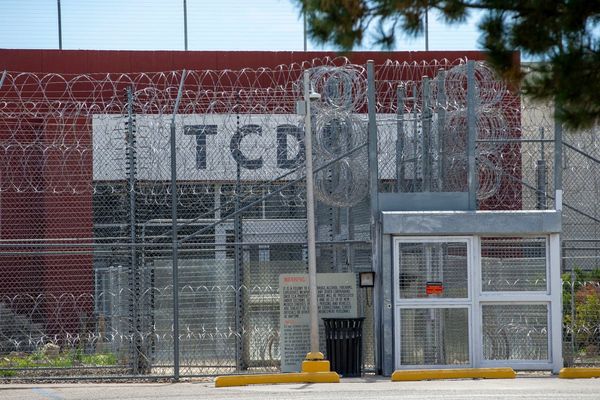
It’s not an overstatement to say Australians love solar power. Without batteries, though, households have struggled to take full advantage of their rooftop systems. Either they don’t capture all the energy produced during the day or they lose their power when the grid goes down. Now the Australian government is looking to fix that with its cheaper home batteries program, which will come into effect from 1 July.
Here’s everything you need to know.
How will the subsidy work?
The $2.3bn plan will subsidise the installation of small batteries for households, businesses and community facilities. It will be available to households with existing systems and those looking to get solar, and will not be means tested.
The scheme is modelled on the subsidy used to encourage the introduction of rooftop solar and will similarly be phased out over the next decade. Households aren’t expected to feel this change because the price of a home battery is expected to drop sharply, as happened with solar.
The Smart Energy Council’s chief executive, John Grimes, says those looking to install a home battery will get a discount of at least 30% on the retail and installation cost – though this is a “rule of thumb”.
“There’s actually a dollar figure attached to this, so it could be more,” Grimes says. “The way the rebate is structured is that it’s a one-time deal, whether you buy a small battery or big battery, but the rebate is larger for a bigger battery.”
The discount will apply to batteries up to 50kWh; someone buying a 100kWh battery will still get the subsidy on the first half of their installed capacity.
Why is the government offering this?
Tristan Edis from Green Energy Markets says there are two main problems the government is working to solve. The first is that Australians generate heaps of power during the day but there is no way to store for use at other times. The other is that even though the technology is developing fast, the cost of batteries has not come down as manufacturers have not prioritised the residential market. This policy seeks to address both and, long-term, it will enable a phase-out of oil, gas and coal in the power grid.
“First and foremost, it will reduce household power bills, not just for the person installing the battery but other consumers,” Edis says.
“In the longer term it’s also reducing the revenue that a coal or gas generator is able to capture over a full 24-hour period. That will bring forward the date at which they are likely to close.”
What are the benefits?
Emissions reductions aside, this will save you money. Grimes describes a battery as acting like a rainwater tank: if you have a solar system, you can bank power generated during the day when it is free and use it at night when it would be more expensive.
According to Labor’s modelling, this will knock $1,100 extra off household power bills each year, or $2,300 a year for those with newer systems – but this is a guide and may vary based on your circumstances.
When can I get a subsidised battery?
Now, effectively. The subsidy comes into effect from 1 July but Grimes says many installers are able to set up a system tomorrow but only turn it on after the start date to ensure you get the discount.
How much will it cost me?
The Smart Energy Council surveyed 9,500 energy users and found a 5kWh to 6kWh battery will cover nine out of 10 households. The price for a battery that size ranges from $5,000 to $9,000 – though there could be other costs if an older solar system needs a retrofit to accommodate a battery.
Getting an entirely new solar array and battery setup is much pricier, with systems starting well above $15,000. Some companies will charge $26,000 before subsidies for large “future-proofed” systems.
Remember, your power bills will be near zero for the lifetime of the system and you will not be paying for fuel if paired with an electric vehicle. State subsidies are also available to further reduce the price on top of the federal rebate.
What kind of battery should I buy?
For some people, a smaller battery will suit their needs but a bigger one may be a good idea to take full advantage of the subsidy.
Every home is different and how much capacity you may need comes down to questions such as: are you on the grid? Is your region prone to blackouts or other natural disasters? What stage of life are you in? Do you work from home? Do you work nights or from nine to five? Do you drive an EV? Does that EV have vehicle-to-grid capacity? If it does, will it be parked most of the day at work when your solar array is producing the bulk of its free power? And, ultimately: what can you afford right now?
There are lots of numbers involved when it comes to the 77 different battery systems on the Australian market. It is also possible a rush in demand will prompt a number of fly-by-night operators to appear, so it is strongly advised to do your research on the company and the system it is offering and to ask around for the best deal.







